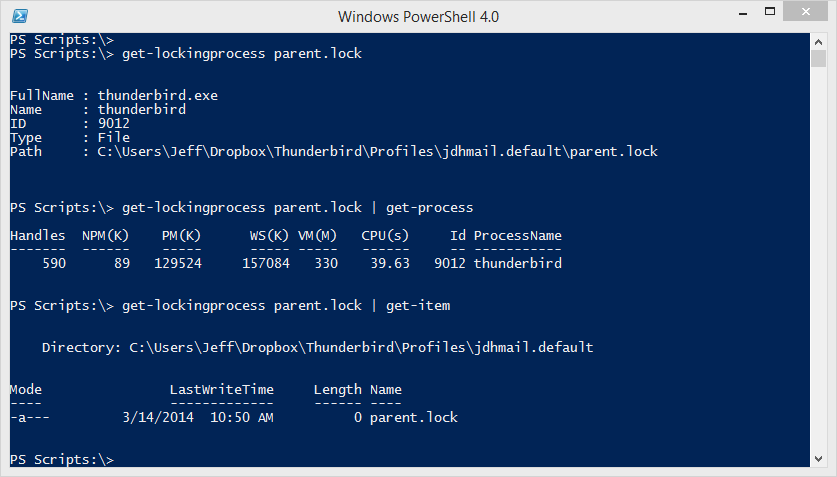
POWERSHELL FIND FILE WITH EXTENSION INSTALL
$filenameFilter= ("Filename=' collection" -f $temp. Secondly, select the SQL Server (mssql) created by Microsoft and press the Install button. For that, I just added the following parameter for $Credential: The first item I added was allowing the use of alternate credentials so you can access remote systems if you are using a different account. Exchange Online clients, excluding Outlook Web Application (OWA), rely on a POST based active end point.

Nothing terribly against using PSJobs as it definitely has its place in the PowerShell ecosystem, but I felt like making the change to runspaces instead. You must use ecpUrl ' only if you set up an ECP extension for your identity provider. For the PowerShell solution: Get-ChildItem -Path Path -Recurse -File -Filter '.' Or: Get-ChildItem -Path Path -Recurse -File Where-Object Extension -eq '' Note that the -File parameter requires PowerShell v3+. If you’ve read my other blog posts, you probably already know why I did this, if not you can find the article here. Another thing I did was remove the PSJobs infrastructure that Jeff used with the –AsJob parameter.
POWERSHELL FIND FILE WITH EXTENSION FREE
Well, I had some free time and decided to take this on and add those features as well as making my own personal changes to include allowing for multiple files and allowing the use of just an extension or extensions. In the comments it was asked about allowing wildcard support to the search as well. get-childitem -Path C:test -Recurse select extension -unique > PSScriptRootExtensionList.txt Its doing exactly what I want for a given path and all subfolders but now I need to apply this to all shared folders on the machine. You can use the -Filter parameter to specify the extension type with the asterisk as a wild card to match all files in the current directory with the. In the article it was mentioned that one could add for optional credentials since Get-WMIObject already has a Credential parameter. Of course, this is under the pretense that you have no idea where this file could be at (otherwise you would just use Get-ChildItem). Select-String displays the output in the PowerShell console.

The Pattern parameter specifies the text to match Get. In this article, Jeff shows how you can specify a filename and you can search through WMI to find a file or files quicker than what you could using Get-ChildItem. Select-String uses the Path parameter with the asterisk ( ) wildcard to search all files in the current directory with the file name extension. A couple of days ago I was browsing my RSS feeds and came across an article that PowerShell MVP Jeffery Hicks wrote regarding the use of finding files using WMI with a function called Get-CimFile.


 0 kommentar(er)
0 kommentar(er)
